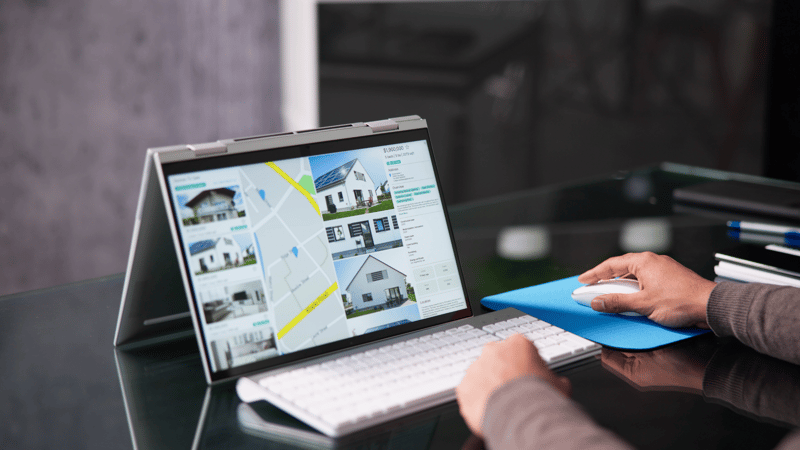Managing facilities isn't just about keeping the lights on or the HVAC running. It's about maintaining performance, ensuring safety, reducing costs, and staying compliant—all while juggling staff, vendors, and daily requests. Many organizations face recurring facility management challenges that slow down operations and hurt the bottom line. But with better tools and processes, these issues can be minimized or even avoided altogether.
Let’s take a closer look at the most common challenges and how technology can help solve them.
1. Unplanned Downtime and Emergency Repairs
One of the most frustrating and expensive facility management challenges is dealing with unexpected equipment failures. Whether it's a faulty generator, a broken HVAC system, or plumbing issues, emergency repairs disrupt operations, impact safety, and often come with high repair costs. This issue often arises from reactive maintenance—waiting until something breaks to fix it. Unfortunately, this approach leads to a cycle of repeated failures, unhappy occupants, and unnecessary spending.
Solution:
To reduce downtime, facility managers should shift their approach from reactive to proactive. Using maintenance management tools allows teams to schedule recurring inspections and repairs before systems fail. These tools can track asset history, set automated maintenance alerts, and ensure that nothing is missed. Implementing preventive maintenance strategies ensures that assets are regularly checked and serviced, helping extend their lifespan and reducing the chances of costly emergencies.
2. Lack of Centralized Information
Many facilities still manage their operations through scattered documents, isolated spreadsheets, and manual logs. As a result, retrieving information on service history, warranties, or vendor contacts becomes time-consuming and prone to errors. This lack of centralization slows down workflows, especially when different team members need to access the same data or when audit time rolls around. Without a single source of truth, it’s easy for tasks to be duplicated or overlooked.
Solution:
Centralized digital platforms are key to overcoming this challenge. Cloud-based maintenance management tools allow all stakeholders to access real-time information from any device, improving transparency and team collaboration. Everything from maintenance logs to equipment manuals, service requests, and vendor contracts can be stored in one system. With role-based access and search capabilities, the right people can quickly find what they need—saving time and reducing confusion.
3. Poor Visibility Into Operations
Facility managers often oversee multiple buildings or large properties, making it difficult to know what’s happening at each location. Without real-time visibility, issues can go unnoticed, maintenance requests can pile up, and performance tracking becomes guesswork. This challenge creates inefficiencies, missed deadlines, and even safety risks when work orders or inspections are overlooked.
Solution:
A robust facility management platform provides dashboards and real-time data on open work orders, asset conditions, inspection status, and more. This improves operational efficiency by giving managers a comprehensive view of their operations. Automated notifications and progress tracking ensure tasks are completed on time and nothing falls through the cracks. With detailed reporting, teams can identify recurring problems and adjust processes accordingly—making it easier to stay on top of everything.
4. High Operating Costs
From energy usage to emergency repair bills, facility-related costs can spiral quickly. One of the most common facility management challenges is identifying where money is being wasted and how to control it. Manual tracking methods often don’t provide the level of insight needed to make informed financial decisions.
Solution:
Digital tools offer cost-tracking features that allow facility managers to monitor expenses across buildings and departments. These tools can highlight trends such as frequent equipment failures, energy inefficiencies, or over-reliance on outsourced services. By using insights from maintenance management tools, teams can determine when it’s time to replace inefficient systems or renegotiate vendor agreements. Tracking costs associated with downtime or repairs also supports stronger budgeting and forecasting. More importantly, integrating preventive maintenance helps reduce costly emergency repairs and extends equipment lifespan—leading to long-term savings.
5. Compliance and Safety Risks
Facilities are subject to various health, safety, and environmental regulations. Failing to comply with these requirements can result in fines, legal issues, or even shutdowns. Without proper tracking and documentation, compliance can become one of the more overwhelming facility management challenges. Many teams struggle to manage inspection schedules, safety protocols, and the documentation needed for audits or certifications.
Solution:
Facility management software simplifies compliance by automating inspection reminders, storing inspection reports, and tracking corrective actions. These tools can also maintain digital records of safety training, equipment certifications, and incident reports—all in one place. Being prepared for audits becomes easier when everything is documented and organized. Teams can also use data to improve safety protocols and reduce the risk of non-compliance in the future.
The Bottom Line
There’s no doubt that facility management challenges are real—and they’re not going away. But they can be tackled more effectively with the right tools and processes. Whether it’s addressing unplanned downtime, improving team coordination, or controlling costs, digital solutions are changing the way facilities operate.
By adopting maintenance management tools, focusing on preventive maintenance, and aiming for greater operational efficiency, facility managers can move from simply reacting to problems to running smarter, more organized operations. The right systems won’t just help your team solve problems—they’ll help you prevent them in the first place.














